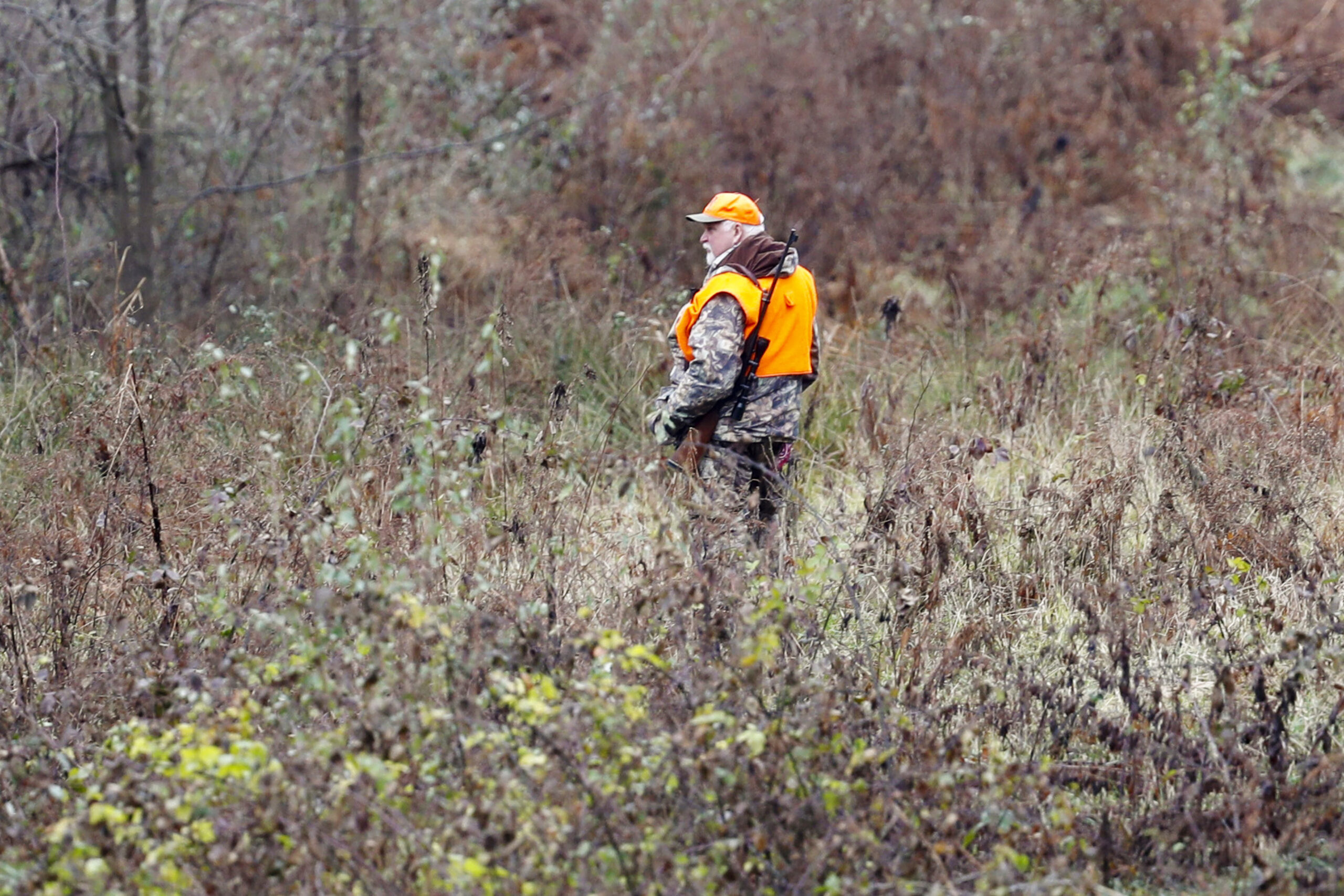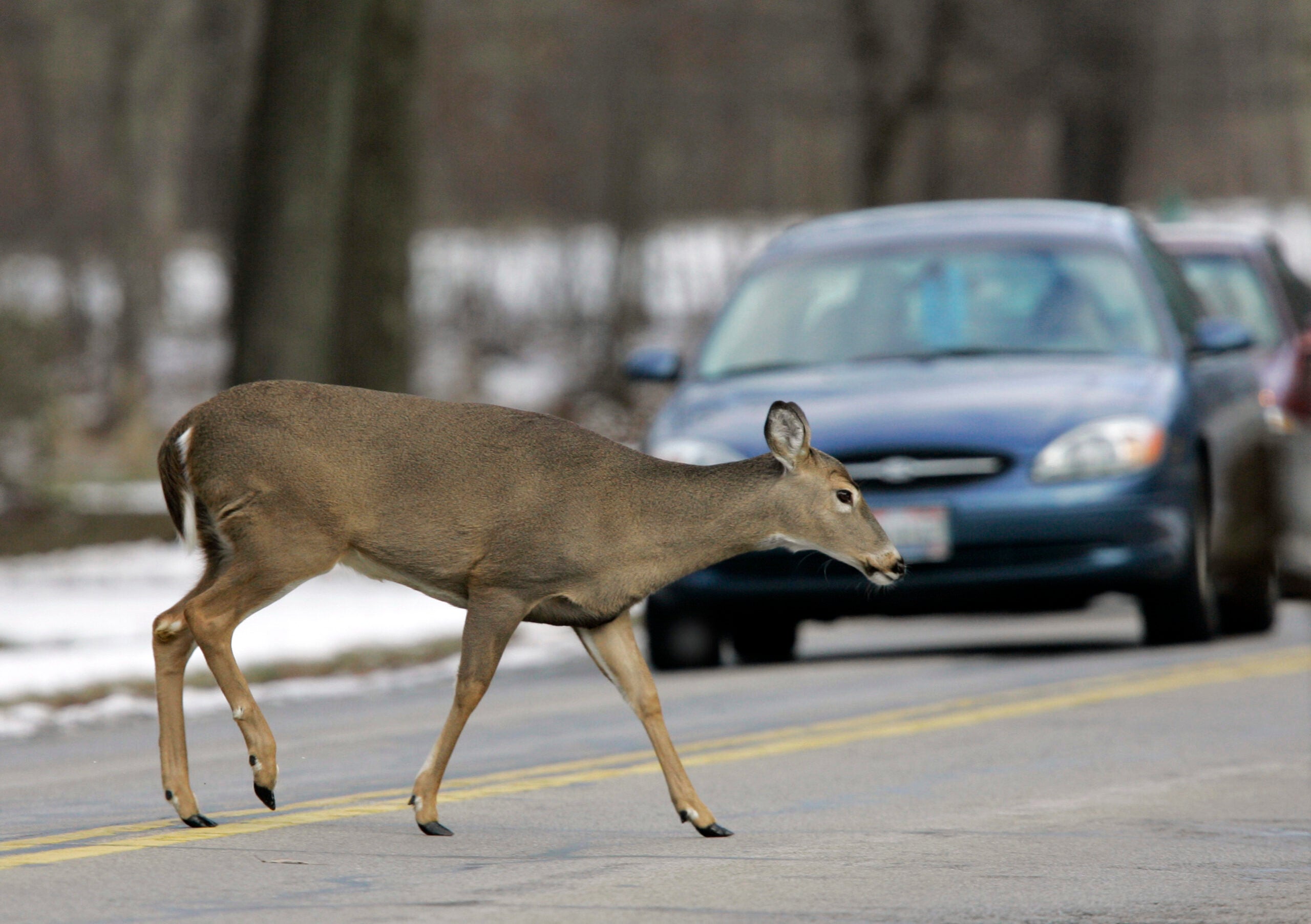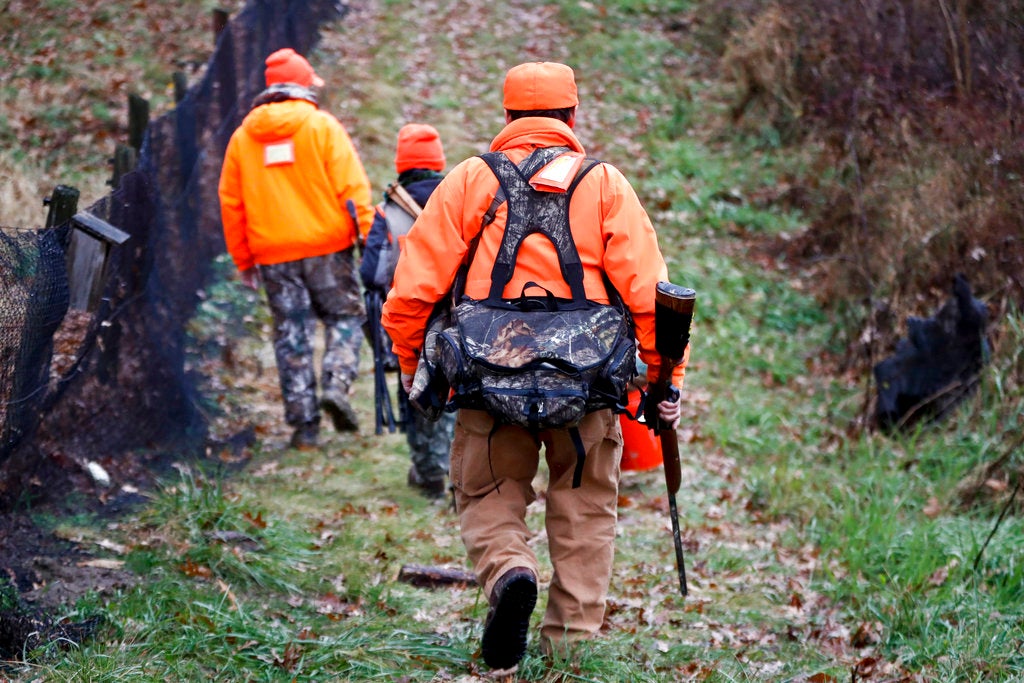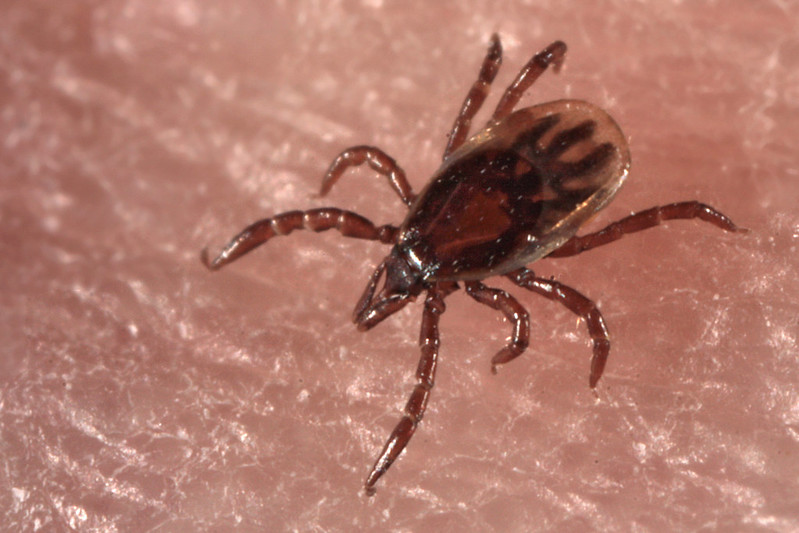A five-year study on how chronic wasting disease impacts the state’s deer population has found infected animals died at three times the rate of healthy deer.
While it’s been known for decades that CWD is fatal, there hasn’t been a comprehensive look at the specific role it plays in the deer population as a whole.
Since January 2017, Wisconsin Department of Natural Resources research scientists have been trapping deer and fitting them with radio collars that alert them when the animal has died. DNR Research Scientist Dan Storm said researchers would then locate the animals and test them for CWD.
Stay informed on the latest news
Sign up for WPR’s email newsletter.
In the first year, the agency put radio collars on 148 deer, 122 of which died, Storm said. Of those who died, he said 12 tested positive for the fatal brain disease. Storm said three quarters of deer testing positive for CWD died in the first year, while only one quarter of healthy deer died.
“We found that deer that have chronic wasting disease have significantly lower survival than those that do not,” said Storm. “So we can say that with confidence but what we will learn more about is the magnitude of the difference.”
Storm said he would have liked to get a bigger sample size but the findings are still significant. And he said with four more years of data they’ll have a better understanding of the role CWD plays in Wisconsin’s deer herd.
“We’re going to be better able to manage the deer population in the face of the disease,” said Storm. “Now whether our research gives us any strong notions of how to manage deer differently to manage the disease … I’m not certain about that yet.”
There are two study areas in southwestern Wisconsin, both around 200 square miles. A low-CWD prevalence zone is in northeastern Grant and northwestern Iowa counties while a high-CWD prevalence study area is located in northeastern Iowa and northwestern Dane counties.
Similar studies have been conducted in western states on elk and mule deer. According to the DNR, those studies have found that CWD negatively impacts survival and population size.
Wisconsin Public Radio, © Copyright 2024, Board of Regents of the University of Wisconsin System and Wisconsin Educational Communications Board.






